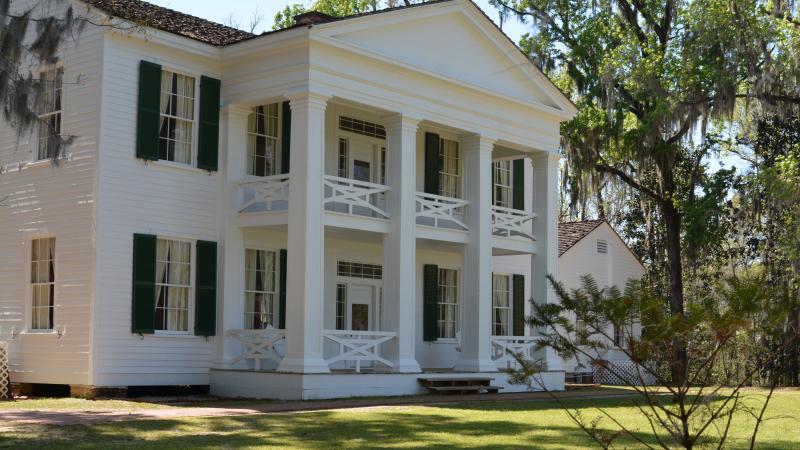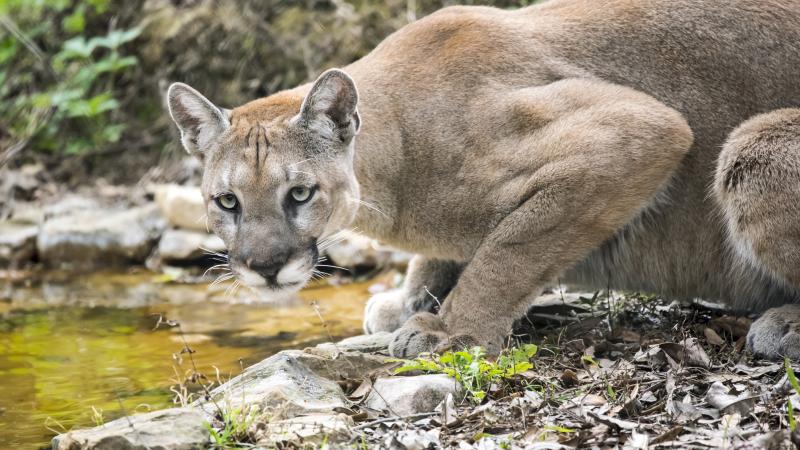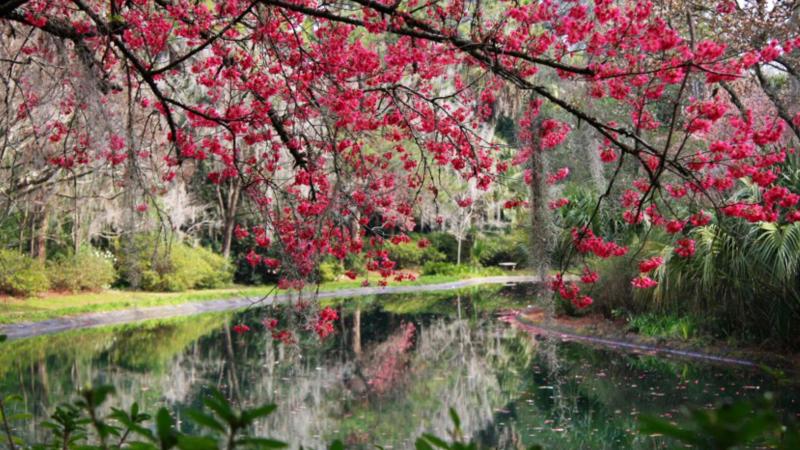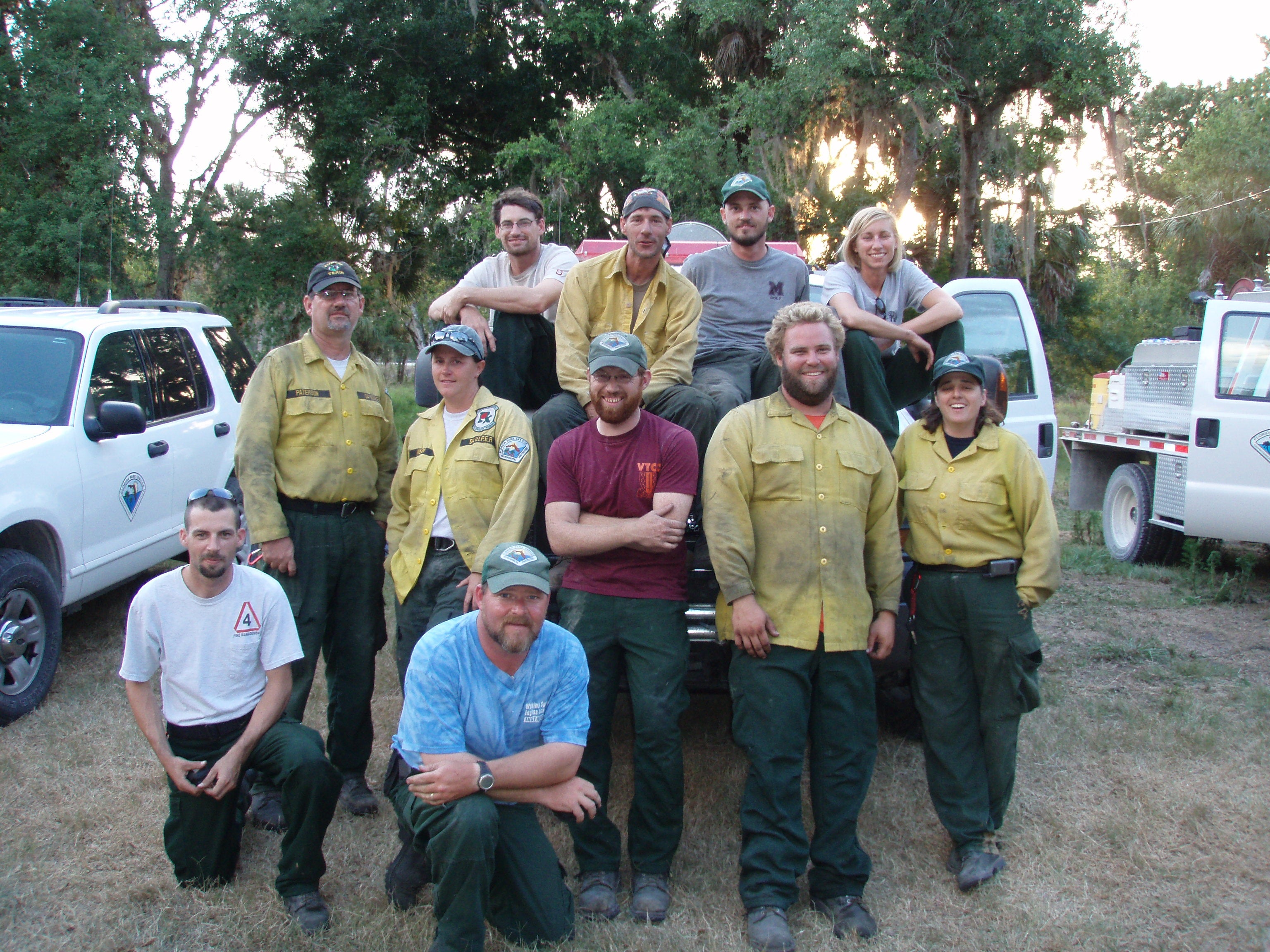
Burn Boss Q&A with Andy Noland
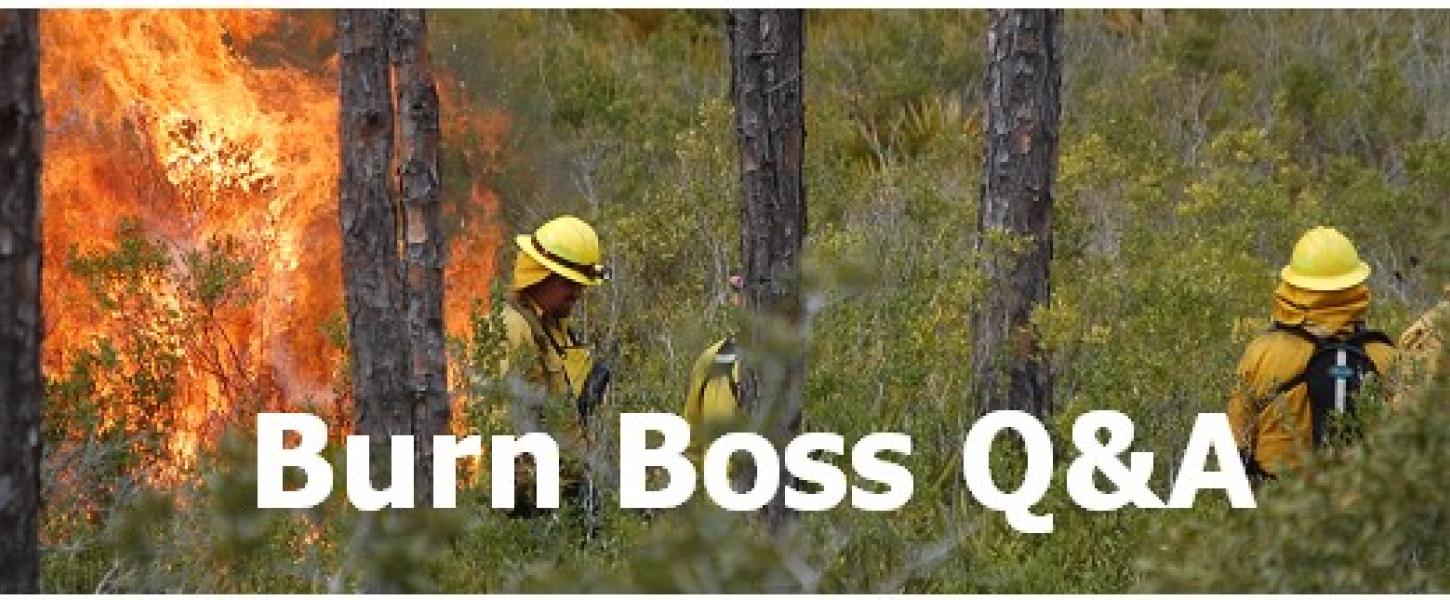
Interview with a Burn Boss: Joel (Andy) Noland
What are the most common factors that trigger you to decide not to burn after having received a Florida Forest Service authorization?
Calling off a burn after you have the authorization and teams on the ground is always hard. After more than 20 years of service, I’ve learned that life is full of red flags that yell “watch out.” One or two little red flags isn’t uncommon, but they mean to watch closely for others because they add up fast.
Once we have an authorization and are good to go, the key triggers to watch for are:
- Equipment breaking or not working dependably (and you do not have backup equipment).
- Some team members can’t make it or they are running late (getting started too late can often lead to problems).
- Weather on-site doesn’t match up with the weather forecast.
- An on-the-ground inspection finds a weak spot or two in your fire breaks.
- Moisture levels appear to be higher or lower than expected.
The biggest triggers usually happen with the ever-important test fire. The test fire and how it behaves gives a great indicator of how the day will go if conditions don’t change too dramatically. If the test fire drops spot fires across the line, starts duff burning right off the bat or is too wet to burn, then we may need to rethink our plans.
Remember we are burning with a goal in mind and to achieve objectives. If anything changes that could affect the accomplishment of the goal and objectives, then we need to hold off. We burn for purpose and not for numbers.
What are some components of a great burn team?

Burn teams often vary park-to-park and burn-to-burn. Some teams are assembled for one burn while other teams are more focused and burn together frequently. The more a team can work together the better they will be, like anything that is practiced.
Great burn teams are made up of several key factors: first, all team members need to want to be on the team (if they don’t want to be on the team, they will never be a good team member)! Next, a great team has been trained and all members are on the same page, each knowing what needs to be done, how to do it and who is responsible for what part. Then there’s flexibility. I like the term fluid, because it’s better than flexible. A great team is so adaptable that others wouldn’t notice something has changed up — it just happens. They not only know their role but know other members’ roles and can move between them flawlessly when needed. It’s a whatever-you-need attitude, topped with how-can-I-help actions.
Additionally, members don’t dwell on the “I could do this better,” but focus on the “How can we make this better.” A great team is made up of all sorts of personality types and they learn how to work together to use the differences as strengths, not allowing the differences to cause a divide.
What do you think about varying time of the year for burning maintenance zones to maintain diversity?
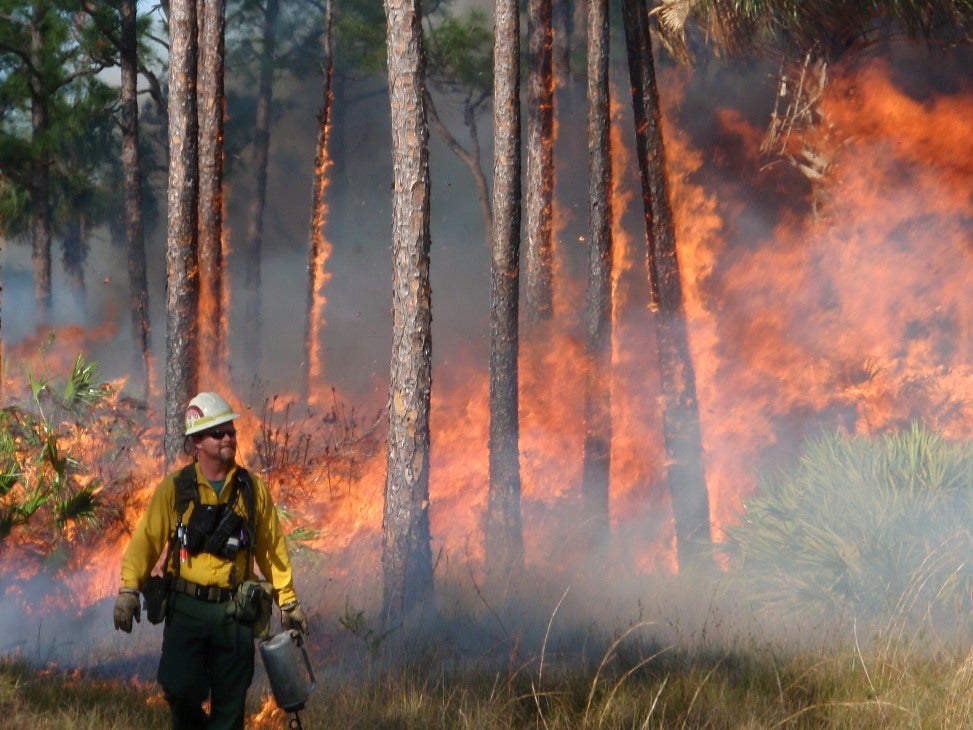
Today, more than ever before, diversity tends to be the key in just about everything, and that holds true for burning. Mixing up your fire schedule a little will give you more diverse results. For every two or three growing season burns, throw in a dormant season burn and you’ll find your zones are better off for it. We like to do most of our burning in the growing season, but, with all the factors involved, we just can’t get it all done. So mixing it up is almost required these days. We do not manage for just one species. Some respond better to fire in dormant season while others respond better to fire in the growing season.
Do you have a burn mentor?
Yes, and everyone should find one!
Who?
From the time I started in the Florida Park Service, Parks Small and Rosi Mulholland have been my mentors. They both took the time to work with me, being patient and explaining things in detail while allowing me to apply what I was learning. They always pushed me to do a little more than I thought I could and encouraged me every step of the way.
What is the most important thing you learned from them?
Learn from mistakes. Don’t harp on them. Share what you learned so it doesn’t cost someone else a bill when you’ve already paid it. Never stop trying to learn and improve, because you should learn something new every day and every burn!
What is your opinion about the completeness of a burn? Should we strive to have everything black at the end of the day, or should we vary our techniques or weather conditions so we have un-burned refugia within the zone?
Everything is better with diversity! Burns are better when they are mosaic and that includes a little green left in the black. This leaves some livable space for nature to spread back out and a place where the animals can feel normal and covered as they explore their habitat after a fire. It serves kind of like a safety zone.
About the Author
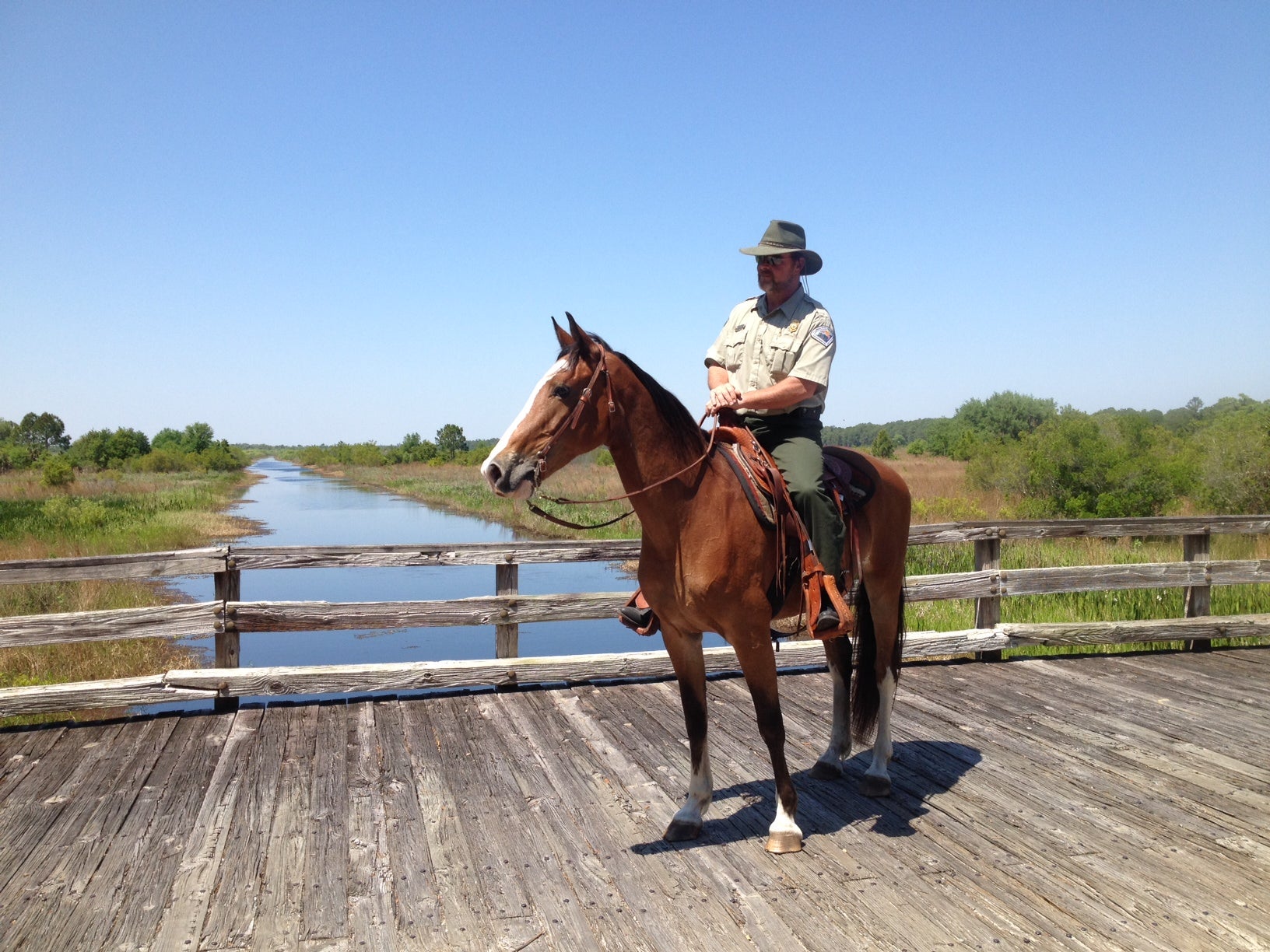
Joel (Andy) Noland is the park manager at Lake Kissimmee State Park and Allen David Broussard Catfish Creek Preserve State Park. He began his career with the Florida Park Service in 1997 at Wekiwa Springs State Park, as an OPS ranger, then a resident park ranger several months later. His career really started at a key moment in Florida’s fire history during the 1998 wildfire season.
Since then, Andy has applied his skills and passions in the areas of resource management and fire across the state from the Panhandle to the Florida Keys. He also has served on out-of-state teams and details. He was a member of the first DEP Strike Team, assembled in 1999 to assist with the “Friendly Fire” and has led and assisted with many prescribed, wildfire and hurricane recovery teams over the years. He also assists with all areas of training, from basic fire to interagency prescribed fire. He teaches at multiple academies including Ranger, Engine and Crew Boss academies on a regular basis.
Currently, Andy manages a total of 14,000 acres that range from the headwaters of the Florida Everglades at Lake Kissimmee to some of the tallest, oldest and driest soils found in Florida on the Lake Wales Ridge at Allen David Broussard Catfish Creek Preserve State Park. When not burning at their home park, Lake Kissimmee’s team is regularly assisting others with prescribed and wildfire needs, working both inside and outside the agency.
About the Burn Boss Q&A Series
Florida’s state parks add tremendous value to Florida’s natural environment. The division’s burn bosses lead the efforts to implement fire plans in ecosystems that require fire for maximum health. This project highlights the diverse, balanced and quality professional workforce of burn bosses by having them share lessons learned with other staff members. Select staff were presented with 20 questions. They are asked to answer three to five of them.
